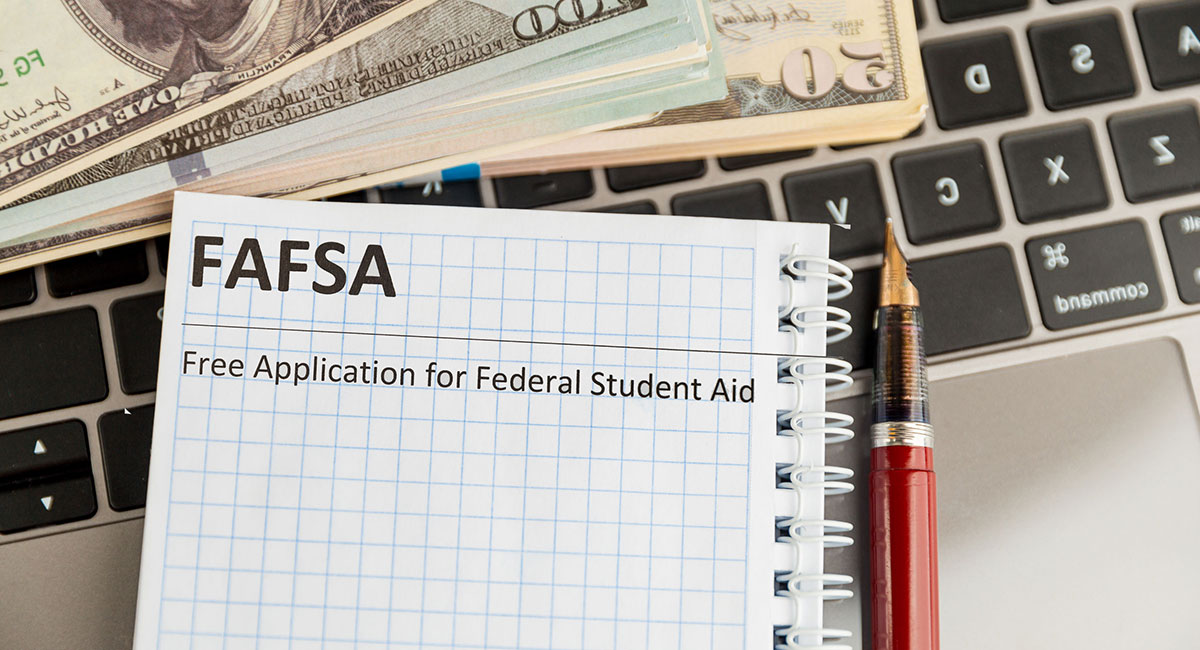As stated previously, if I were dictator for a day, I would empty the Maryland Avenue headquarters of the U.S. Department of Education (ED), have the Air Force bomb it out of existence, and after the Corps of Engineers removed the rubble, I would give the land to the Smithsonian Institution for an expansion of its popular Air and Space Museum, financed from appropriations from the now eliminated ED. Dream on.
This came to mind as I read a December 22 Wall Street Journal page one headline: “Glitches, Red Tape Plague Return of Student-Loan Bills.” The ED can’t even send bills out properly, a problem arising largely because the Biden Administration simply does not believe students should have to repay loans, and delayed resumption of payments for years in a highly dubious interpretation of the rule of law.
The current brouhaha also centers around the Free Application for Federal Student Aid (FAFSA) form that almost all students wanting outside help to pay for college must complete, even if they seek privately funded scholarships. The form has been about 130 questions long for decades, sufficiently complex to deter kids from low-income families with poorly educated parents from applying.
In 2019, Congress, in the FAFSA Simplification Act, compelled the ED to have a shortened form in operation for the 2024 school year, and, as usual, that hapless agency is precariously close to missing its deadline—and admission and financial aid offices of colleges are nearing panic. How much financial aid do we give high school senior Joanna Blow, who wants to attend college next fall, when we lack critical information about her family’s financial condition?
What makes this doubly scandalous is that the problem with the complicated FAFSA was acknowledged long before 2019. I attended a meeting at the ED Kremlin hosted by then Education Secretary Margaret Spellings—probably in 2007 or early 2008, about 16 years ago. I previously served as a member of the Spellings Commission on the Future of Higher Education, which, in its 2006 final report, called for “replacing the FAFSA with a much shorter and simpler application.”
Some of us at the meeting called by Secretary Spellings, such as noted education researcher Susan Dynarski—now at Harvard—and myself asked: do we even need a FAFSA form? If student aid applicants could simply give the feds—and possibly college admission offices—the ability to access the income tax returns of applicants, why still have another federal form providing the same information? At the minimum, a postcard-length form providing information on income, family debt, and the number of other dependents attending college should suffice.
Although I had my differences with Secretary Spellings—along with George Leef; I even debated her and United Negro Campus Fund head Michael Lomax on a PBS prime time program on the desirability of everyone going to college—she appeared to want to solve the problem.
But the Maryland Avenue apparatchiks could or would not deliver.
Moreover, Biden-era changes already made or contemplated to the FAFSA form are quite wokeish. They will reward those whose contributions to society are problematic but punish those from traditional intact families with multiple children. Specifically, we now are letting incarcerated individuals receive financial aid to take college courses while in prison, but the new FAFSA form proposes to severely punish traditional nuclear families with two or more kids attending college at the same time.
According to the Wall Street Journal, an Iowa state government agency—Iowa College Aid—estimated the expected family contribution for farmer parents with two kids and a modest—$60,000—income, owning a farm worth $1 million—very modest for Iowa—would rise from $7,626 to $41,056. Sock it to those people from intact traditional families!
At a time when an aging nation desperately needs new blood, why are we penalizing those having more than one child?
America’s greatest strength in higher education comes from its competitiveness and diversity—we have had thousands of different institutions competing for students by offering widely varying educational options. The ED has lamentably worked to standardize the system. Simplifying FAFSA is not enough. Abolishing it would be useful. But far better would be to eliminate the ED. Before its creation in 1979, American universities were improving, and we were becoming the envy of the world. Since then, their leadership and distinctive character have increasingly become compromised.












